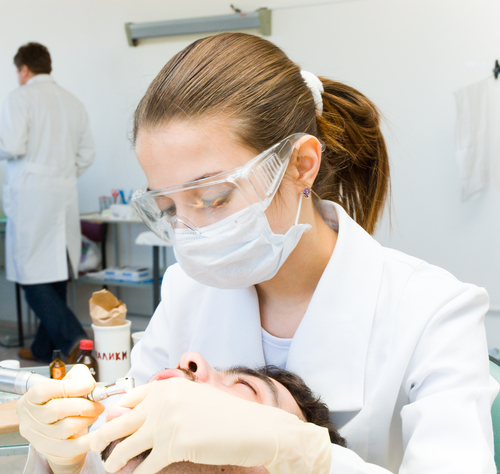Dentistry has come a long way through history. As early as 2000-7000 BC, ancient peoples were inspecting their mouths and attempting to treat ailments of their teeth. And unlike modern dentistry, historical dentistry used to involve a lot of pain. Tooth extractions particularly come to mind as painful procedures, and was (and mistakenly still is) a reason many people feared dentist visits. As history progressed, dentists researched ways to prevent pain so that their patients could relax during dental procedures.
Finally, in 1850s, dentistry saw the introduction of dental sedation and anesthetics, which have been massively successful in removing the pain during dental procedures. Today, it is used in other fields of medicine, most notably surgery. Most people recognize this drug as “sleeping gas”. But what is sedation, exactly? What is actually happening when you breathe in the gas? Read on to find out about this fascinating technology.
How can I receive sedatives?
Your dentist can administer you sedatives in a variety of ways. Here are three of the most common methods you can receive sedatives.
- Nitrous Oxide/ “Laughing Gas”. Most people picture this method when they imagine sedation. In this method, your dentist places a mask over your nose, where you then breathe in the special gas that relaxes your nerves and cause you to start giggling (hence the name). Your dentist has complete control over the length and intensity of the sedation.
- Oral Sedation. Not a fan of the gas and mask? Don’t worry, you may also be able to take oral sedation. This method is as simple as swallowing a special pill that will make you drowsy. So effortless and relaxing is this method that you may even fall asleep!
- IV Sedation. For longer procedures, your dentist may administer you sedatives through an IV. This method is stronger and quicker to act than the previous two. If you want to be “completely out of it” during the procedure, than IV sedation may be for you.
What are the levels of dental sedation?
Different dental procedures require different levels of dental sedation. “Levels” of sedation simply refer to how aware and awake you are during the procedure. WebMD categorizes the levels as follows:
- Minimal sedation: you are awake but remain relaxed.
- Moderate sedation: you are hovering on the borders of consciousness. At this level, you may not remember much of the procedure.
- Deep sedation: you are almost unconscious,and an increased amount of effort is required to wake you up.
With dental sedation, the pain and fear of dental procedures is completely removed from the equation. Now, more than ever before, sedatives are making people visit the dentists for the procedures they need. Interested in learning more? Ready to conquer your fear and schedule an appointment? Greenspoint Dental is here to help! Contact our Houston office today.

